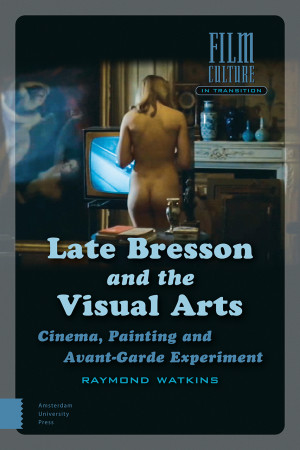The color films of French film director Robert Bresson (1901-99) have largely been neglected, despite the fact that Bresson himself considered them to be more fully realized reflections of his aspirations for the cinema. This study presents a revised and revitalized Bresson, comparing his late style to painterly innovations in color, light, and iconography from the Middle Ages to the present, to abstract painting in France after World War II, and to affinities with the avant-garde movements of Surrealism, Constructivism, and Minimalism. Drawing on media archeology, this study views Bresson's work through such allied visual arts practices as painting, photography, sculpture, theater, and dance.

